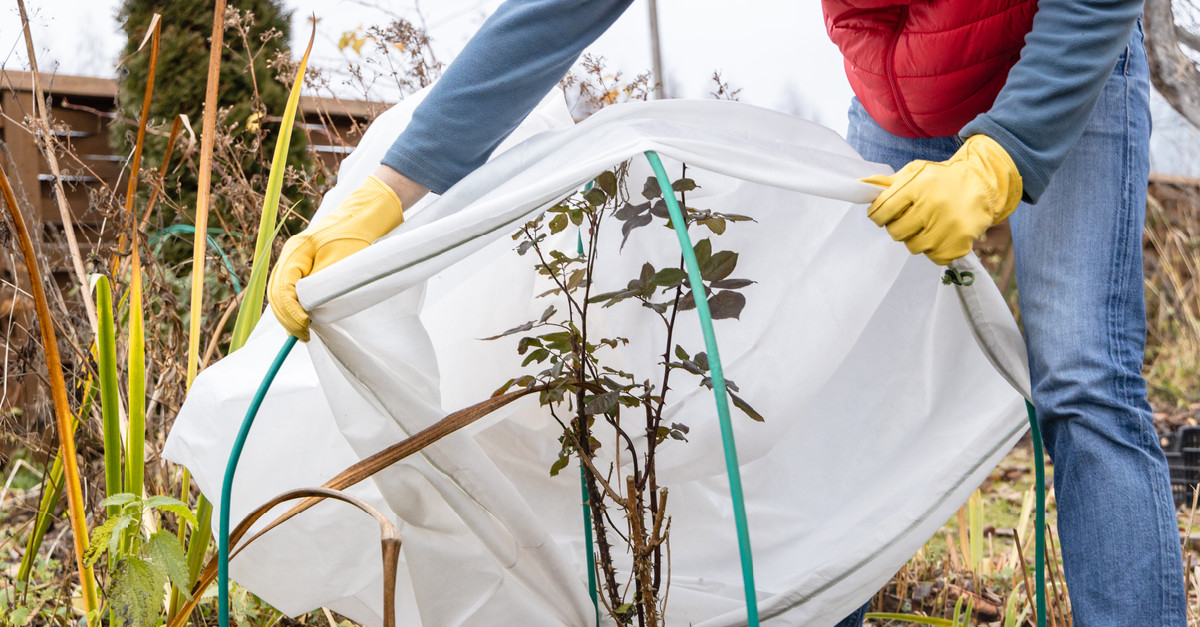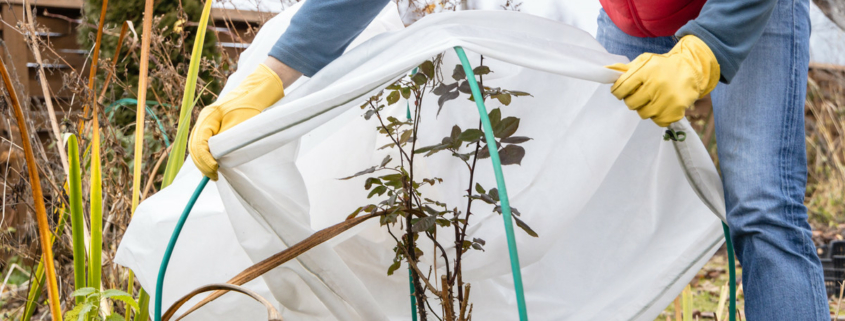Tree Care Checklist: How to Maintain Your Trees in Winter
Trees and winter weather can pair well together, making for a postcard-perfect backdrop on your own front lawn. But while icicles and snow-covered branches may look pretty, the season can bring trouble for your trees, too. To keep your trees healthy through this winter and beyond, here are some winter tree care basics to bear in mind.
How Can Winter Damage Trees?
Trees can experience several types of winter-related trauma, but the extent of the damage depends on their species, location and conditions, and the timing of weather extremes. While low temperatures can cause damage on their own, more often tree damage is caused by temperature fluctuation, not the frost itself. Unfortunately, as weather patterns become increasingly unpredictable, our trees are becoming more vulnerable to trauma caused by quick sequences of hot- and-cold extremes.
For one, rapidly plummeting temperatures can cause frost cracks. The freeze/thaw cycle can also lead to sunscald, which occurs when a plant freezes at night and is then exposed to warm air and sunlight during the day. Frost alone can also damage certain tree and shrub species that are unable to withstand winter freezes. Finally, dry winter conditions can hinder tree health due to reduced moisture levels in the soil.
Here’s a bit of good news: In most cases, snow isn’t damaging to your trees. In fact, it can be a natural insulator that protects them against the stress of freeze/thaw cycles. But heavy snow accumulation — and ice — can still snap vulnerable branches.
Physical Signs of Tree Stress: A Checklist
If you’re concerned about winter trauma affecting your trees, here’s a checklist of warning signs to watch for.
Vertical Cracks
Look for vertical cracks in the trunk on the side of the tree facing the sun (the south or southwest side). This is a telltale sign of sunscald or frost cracks, caused by rapid temperature changes.
Bark Discoloration
In addition to visible cracks, sunscald can result in bark discoloration. Avocado, citrus, and fig trees are among the species most susceptible to this condition.
Browning Tips or Needles
The needles or tips of trees can brown in a phenomenon known as winterburn. Often, it’s caused by a combination of winter weather factors, including loss of water, high winds, and rapid temperature drops.
How to Address Winter Tree Damage
The best approach to take when it comes to winter tree damage is a preventive one. This means enlisting the help of our winter tree services before bad weather approaches. We’ll professionally prune your trees in the winter months, when growth is dormant so the risk of tree injury is minimal. This will also help to offset the stress of varying temperatures. Plus, by removing any at-risk branches at this time, we’ll help prevent property damage during or after a winter storm.
Aside from scheduling winter tree services, you can protect your trees against harsh winter conditions by mulching around their bases. Mulch is a great insulator that can help protect their roots while also retaining moisture. But if you have any young trees, fragile shrubs, or species that are vulnerable to frost (like citrus), consider going a step further by laying a breathable fabric over top to protect them against freezing conditions.
Schedule Tree Maintenance With Premier Tree Solutions
If you’ve already noticed signs of winter tree damage, our experts can help there, too. With a team of certified arborists, we excel not only in tree removal, but also tree care and maintenance. Schedule your winter tree services by calling 404.252.6448, or send us a message here.










